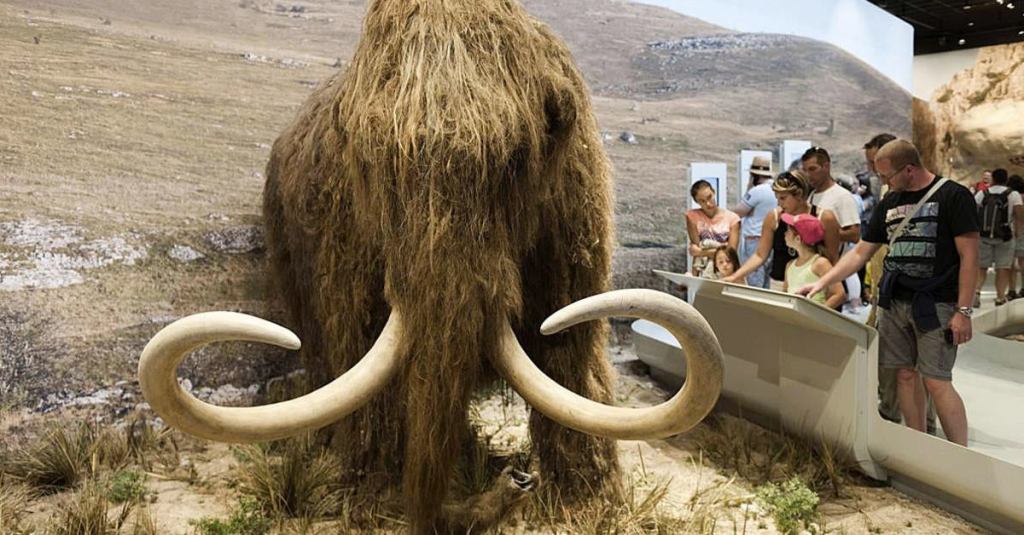Scientists are inching closer to Jurassic Park as they try to de-extinct the Woolly Mammoth. This whole project has been undertaken by a company called Colossal and their task is simple. Use CRISPR gene sequencing technology to reconstruct the majestic beasts. They also make some claims about doing this to “combat climate change,” but the evidence for this fact is specious at best. Despite all that, they have raised $15 million of funding to try and make the Woolly Mammoth walk amongst us again. Basically, Colossal argues that the animals were, “active benefactors in preserving the health of the Arctic region.” Could bringing them back help stabilize a worrisome climate trend in those parts of the world? Probably not. Would it be kinda cool to see a mammoth take another step on this planet? Probably so! Check out what the company has to say about its efforts right here.
Videos by ComicBook.com
“Colossal’s landmark de-extinction project will be the resurrection of the Woolly Mammoth – or more specifically a cold-resistant elephant with all of the core biological traits of the Woolly Mammoth,” they wrote on their website. “It will walk like a Woolly Mammoth, look like one, sound like one, but most importantly it will be able to inhabit the same ecosystem previously abandoned by the Mammoth’s extinction.”

Harvard University genetics professor George Church is headlining Colossal’s efforts here. He’s been a massive force in genome sequencing work and the field of understanding DNA. But, there are some questions about the efficacy of a project like this in the face of climate change. NPR asked the company about this and they responded.
“We are working towards bringing back species who left an ecological void as they went extinct,” Colossal explained in an email to the radio outlet. “As Colossal actively pursues the conservation and preservation of endangered species, we are identifying species that can be given a new set of tools from their extinct relatives to survive in new environments that desperately need them.”
They also talked to Love Dalen from the Centre for Palaeogenetics in Stockholm. The professor didn’t sound too keen on the whole idea.
“I personally do not think that this will have any impact, any measurable impact, on the rate of climate change in the future, even if it were to succeed,” he said to NPR. “There is virtually no evidence in support of the hypothesis that trampling of a very large number of mammoths would have any impact on climate change, and it could equally well, in my view, have a negative effect on temperatures.”
Does this project sound cool? What animal would you bring back from extinction? Let us know down in the comments!








